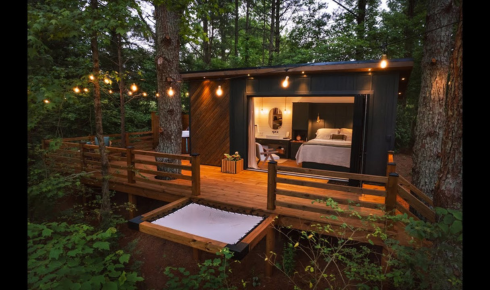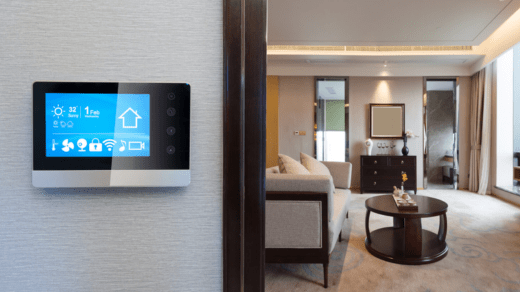In today’s tech-driven world, setting up a smart home is an increasingly popular choice for homeowners looking to enhance convenience, security, and energy efficiency. Smart home technology allows you to control various devices and systems within your home through a centralized interface, often via a smartphone or tablet. If you’re considering making the switch to a smart home, this guide will provide you with essential tips and insights to help you get started.
Understanding Smart Home Technology
Smart home technology encompasses a variety of devices that can be connected to the internet and controlled remotely. These devices include smart lights, thermostats, security cameras, locks, and appliances. The primary objective of a smart home is to improve your lifestyle by automating routine tasks, allowing for greater convenience and efficiency.
Benefits of Setting Up a Smart Home
- Convenience: Smart homes offer unparalleled convenience. With a few taps on your smartphone, you can control lighting, adjust the thermostat, lock doors, and even manage your entertainment systems from anywhere. Voice-controlled assistants, like Amazon Alexa or Google Assistant, further enhance this convenience by allowing you to control devices with simple voice commands.
- Energy Efficiency: Smart home devices can help you save on energy costs. Smart thermostats, for example, learn your habits and adjust heating and cooling settings accordingly. Smart lighting can automatically turn off when you leave a room or adjust based on natural light levels, reducing your overall energy consumption.
- Enhanced Security: Smart security systems are a significant advantage of smart homes. With devices such as smart cameras, motion detectors, and smart locks, you can monitor your property in real-time, receive instant alerts, and even control access remotely. This increased level of security provides peace of mind, knowing that your home is protected.
- Improved Comfort: Smart home devices allow you to customize your environment to suit your preferences. You can create schedules for your lighting and heating, adjust temperatures, and even control entertainment systems, all of which contribute to a more comfortable living space.
Steps for Setting Up a Smart Home
- Assess Your Needs: Before diving into the world of smart home technology, evaluate your specific needs and preferences. Consider which areas of your home you want to automate—be it lighting, security, heating, or entertainment—and what problems you hope to solve with smart technology.
- Choose a Smart Hub: A smart hub serves as the central point of control for your smart home devices. Popular options include Samsung SmartThings, Amazon Echo, and Google Nest Hub. Your choice will depend on compatibility with your selected devices and your preferred ecosystem (i.e., Apple, Google, Amazon).
- Select Compatible Devices: When choosing smart devices, ensure they are compatible with your smart hub. Start with a few essential devices, such as smart bulbs, a smart thermostat, and a security camera. Gradually expand your system as you become more comfortable with the technology.
- Install and Connect Devices: Follow the manufacturer’s instructions to install your devices. Most smart devices come with user-friendly apps that guide you through the setup process, including connecting the devices to your Wi-Fi network and linking them to your smart hub.
- Create Automation and Scenes: One of the best features of a smart home is the ability to automate tasks. Use your smart hub’s app to create routines or scenes that group multiple actions together. For example, you can set up a “Goodnight” scene that turns off lights, locks doors, and lowers the thermostat with a single command.
- Maintain Your System: Regular maintenance is essential for keeping your smart home functioning optimally. Update device firmware as needed, check battery levels in devices, and periodically review your security settings to ensure everything is operating smoothly.
Conclusion
Setting up a smart home can significantly enhance your lifestyle, providing convenience, energy efficiency, and security. By following the steps outlined in this guide and carefully selecting the right devices for your needs, you can transform your living space into a smart home that meets your expectations and makes daily life easier. Embrace the future of home automation and enjoy the many benefits that come with setting up a smart home!






